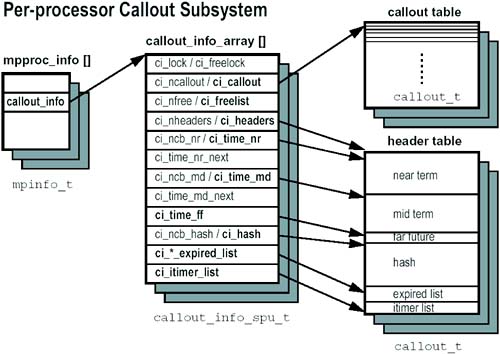Hp-ux 11i Tuning And Performance 2nd Edition

You could try to figure it out yourself with the help of the HP-UX performance book: HP-UX 11i Tuning and Performance (2nd Edition) by Bob Sauers and others. Bill Hassell, sysadmin.
Hp Protecttools Security Manager Windows 8 64 Bit. Although performance management and crisis management (including performance problem resolution) require different techniques and data collection, the same basic methodology can be used for both. Performance management uses the following steps: • Assessment • Measurement • Interpretation and Analysis • Identification of Bottlenecks • Tuning or Upgrading the System The flow chart in summarizes the performance methodology that will be discussed in detail, step by step..
Performance Management Methodology 3.1 Assessment Assessment often involves asking lots of questions, as the following example shows. From Bob's Consulting Log I spent the entire morning asking people a lot of questions about the application, the system configuration, and how users perceived the performance problem. At lunch, the person who hired me said he was surprised that I had not yet logged onto the system. Hp Laserjet 4p And 4mp Printer Service Manual on this page. I told him my approach is to ask questions first and collect system data second. Later that day, I did obtain some data from the system, but the most important clue to the nature of the problem came from interviewing the users.
These questions are necessary to help you understand your limits as a performance professional, as well as those things that you can change. The following items must be learned during the assessment phase: • System configuration • Application design • Performance expectations • Known peak periods • Changes in the system configuration or the application • Duration of the problem, if applicable • The options • The politics 3.1.1 System Configuration System configuration includes both hardware and software configuration. The number of disk drives, how data are distributed on the disks, whether the disks are used with mounted file systems or used in raw mode, the file system parameters, and how the application makes use of themall of these factors are examined during a system configuration assessment. Memory size, the amount of lockable memory, and the amount of swap space are scrutinized in assessing the virtual memory system configuration. You will need to know the processor type and the number in the system.
Finally, the kernel (operating system) configuration must be understood, and the values of tunable kernel parameters should be identified. Knowing all these items in advance will make carrying out the various performance management functions much easier. 3.1.2 Application Design Understanding the design of the application is equally important. It may not be possible for you as a performance specialist to thoroughly understand the design and workings of the application.
Optimally, there should be someone with whom the application design can be discussed. Such things as inter-process communication ( IPC) methods, basic algorithms, how the application accesses the various disks, and whether the application is compute-or I/O-intensive are examples of the knowledge you will need. For instance, with relational databases, it is important to understand whether or not the Relational Database Management System (RDBMS) software supports placing a table and the index that points to it on different disk drives. Some RDBMS products support this and some do not; when this capability is present, it is an important tuning technique for improving database performance. Modern design techniques such as creating multi-threaded applications and the deployment of applications on multi-processor systems require new skills to analyze how the application works and its use of system resources. You should expect consumer complaints and comments to be in terms of the application.